
A passion for fashion
Maitland is home to a one-of-a kind collection, a museum of memories that celebrates the very fabric of our society.
Tucked away in the basement of St John’s Hall on the High Street in Maitland, is a collection containing around 10,000 items that represent more than a century of Australian history.
The Australian Museum of Clothing and Textiles (AMCAT) is Australia’s only dedicated clothing museum, and was established by Maitland local, Nell Pyle OAM who turned 98 this year.Nell was one of the founding members of the Maitland Repertory Theatre, and for many years she was also the wardrobe mistress – a role that developed her interest in, and collecting of, costumes and textiles from the Hunter region.“
People used to come to her with clothing for the repertory, but Nell realised they were more than just dress up pieces,” says Collection Manager and volunteer, Lynette Huckstadt. “It was while working as the wardrobe mistress, that Nell became aware of the need to preserve clothing from the past.” Nell’s collection steadily developed over 60 years, and in 2005 it became the basis of an application to establish a museum to catalogue and document the items; to display them as well as use them to educate.

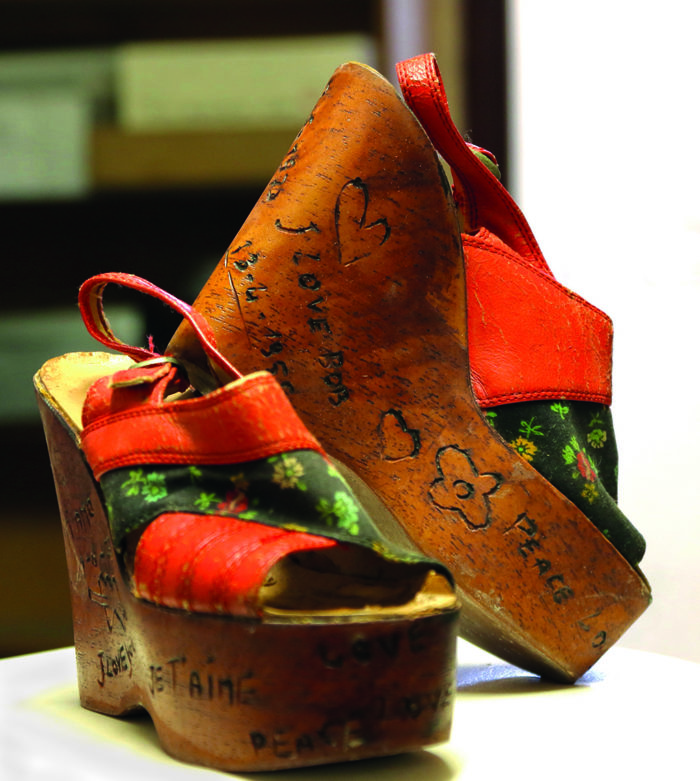
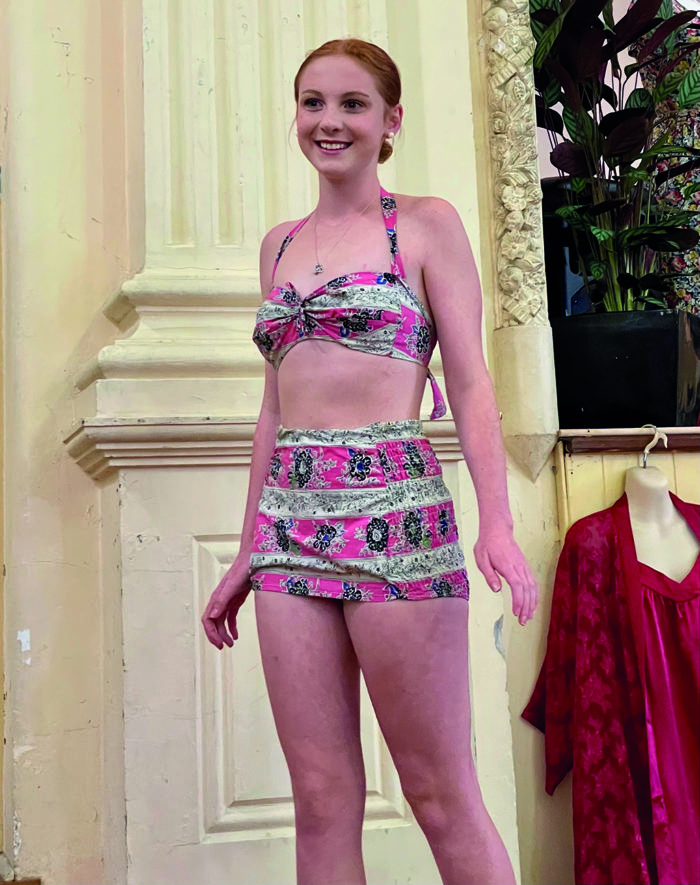
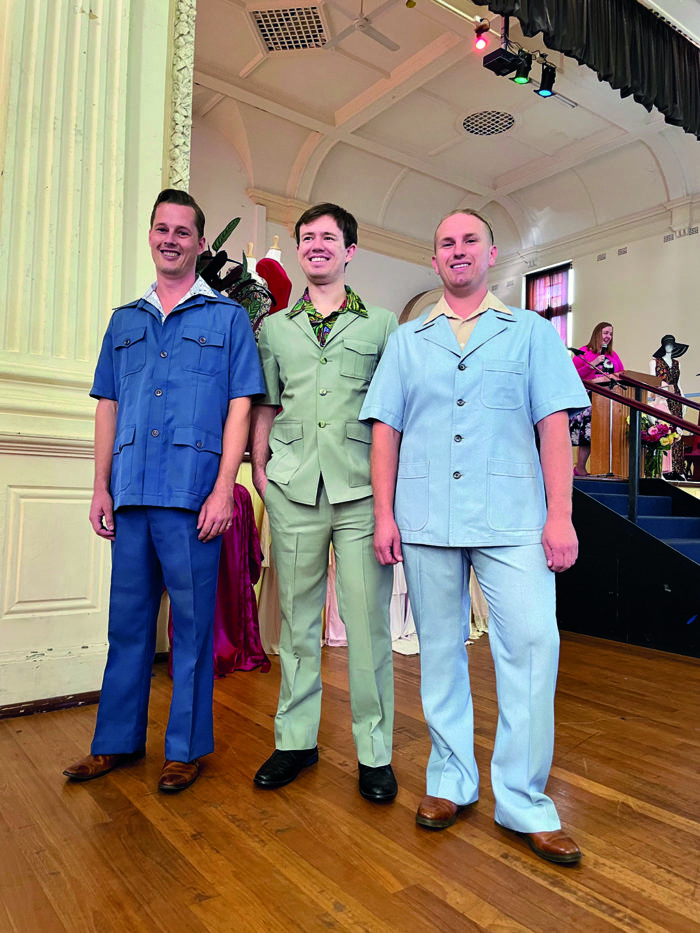
A well heeled collection“I could not give you an exact figure, but I would say we have in excess of 10,000 items. That’s not just garments because we also have shoes, handbags, hats, gloves, whatever you wear and whatever you accessorise with. When I first started nine years ago there were over 16,000 items but we have gone through a period of deaccessioning and started a new cataloguing system,” explains Lynette.
The collection covers men’s, women’s and children’s clothing, both special and everyday garments, articles and accessories. It includes pieces that date back as far as the 1800s.The collection is split into two parts – museum and education – and is being catalogued under themes such as ‘People of the Hunter Valley and what they wore’, ‘migration and cultural dress’, ‘rituals and ceremonies’, ‘iconic styles and designers’ to name but a few.“
The education collection includes the sturdier things that we have, that we can pull out for display. “The museum collection is those things that are fragile and have value but you couldn’t wear them or have them displayed too long. But the education collection is exactly that – it’s there for people to enjoy,” explains AMCAT President, Sandra Earle.
Sandra also says that because there are still so many items to sort through, provenance has become a priority, especially when selecting what to display and what to keep in the collection.
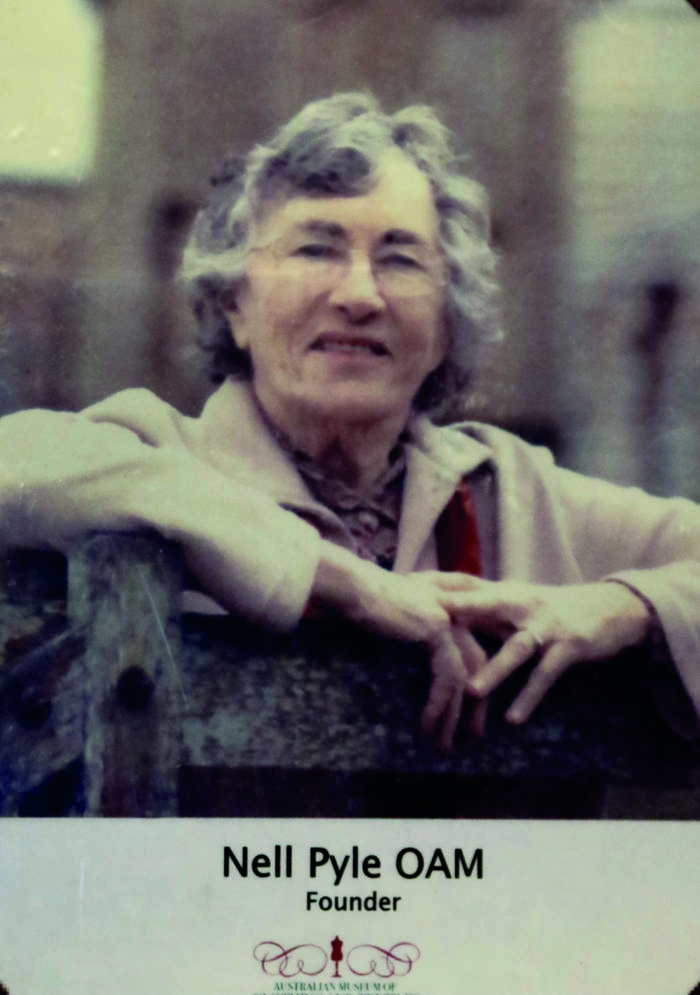
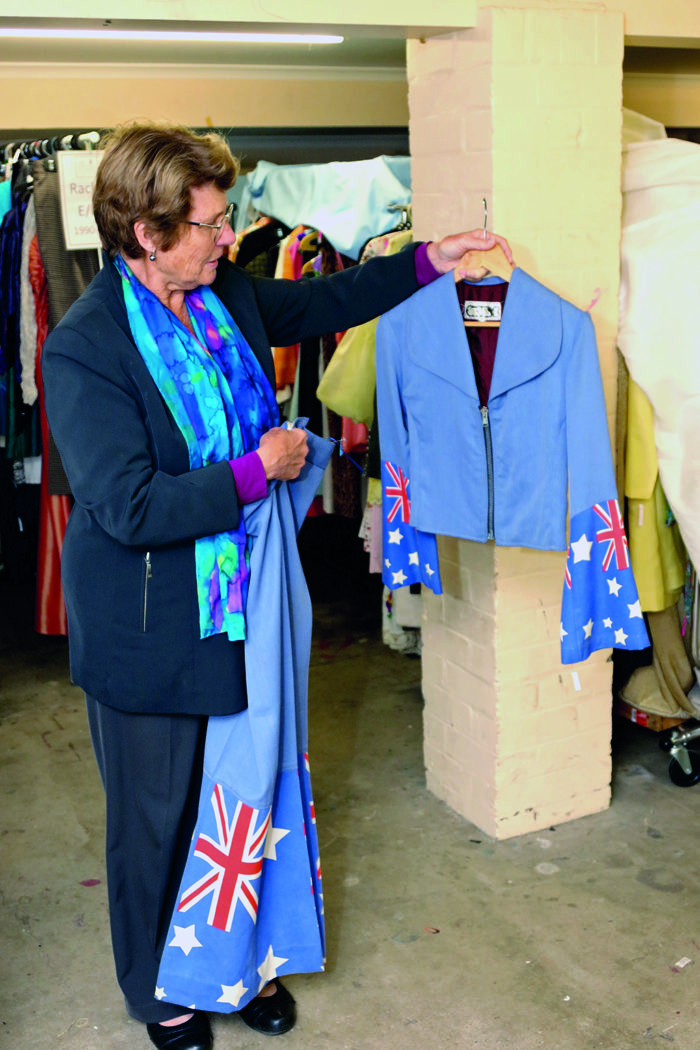

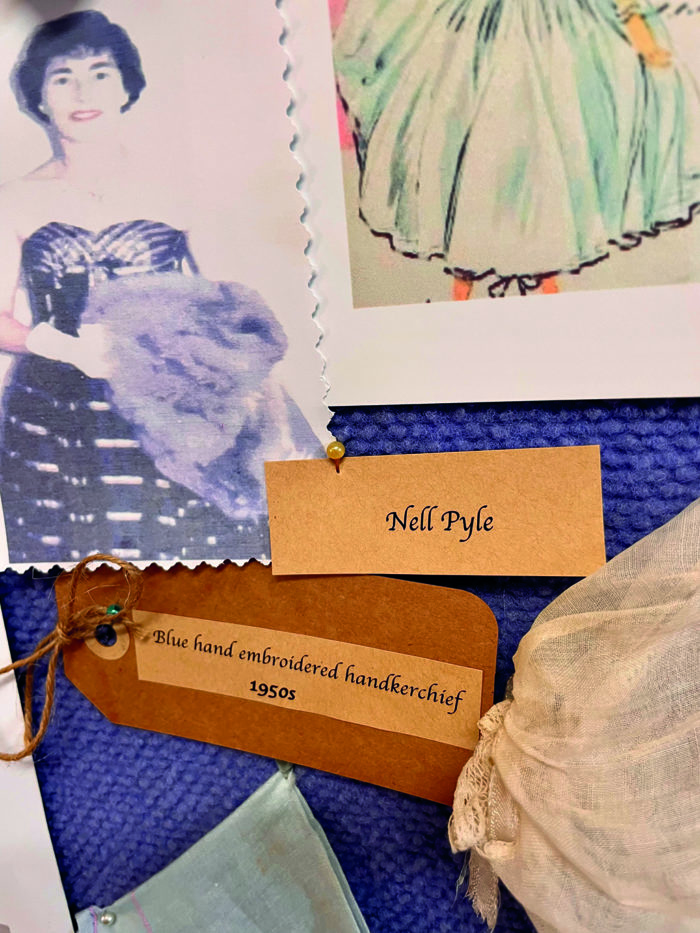
“People sometimes think the museum is where they can put their precious items to be cared for forever and every museum curator feels a chill when they hear that. “People think grandma’s old wedding dress can go there, or their christening dress can go there and while it’s important to them and some of the things are lovely, we do have particular criteria.”
Lynette agrees, “I’ll always ask, ‘is there a story behind the garment’? The provenance is really important, and certainly we do get things that are exceptional that don’t have a story, but they’re one of a kind.”
“We’ve just been gifted two Studebaker Hawk garments from two different people. The Studebaker Hawk label was started in the eighties by two women who made the garments and sold them at Paddy’s Market in Sydney and they had a cult following. One of the women brought the frock in and told us that she just loved it and wore it to death.”
As for the value of the collection, Sandra says it goes beyond money. “It’s important because we can tell the stories of everyday people and get an impression of how people lived and the decisions they made on a day to day basis. That’s the sort of thing that can’t be recorded in newspapers. “We have a ‘make do and mend’ dress; it’s a silk day dress from the forties; and the ladies who owned it made it last for 25 years. How does that compare with what happens today? “People decide they don’t like the colour and even though it’s never been worn, it goes to the tip. So, we get an impression of people, the times and the important things in their life.”
Lynette adds, “I think it’s important for people to have an appreciation of what has happened over the years with clothing. When we look at that austerity period where women didn’t have enough, I think it’s important to pass that on to future generations because it’s a throwaway society now.”
Read more about The Fashion Museum in our Spring Edition of Hunter & Coastal Lifestyle Magazine or subscribe here.

